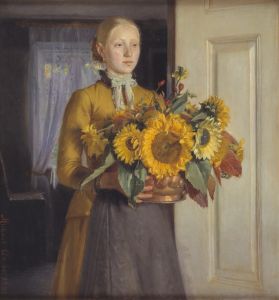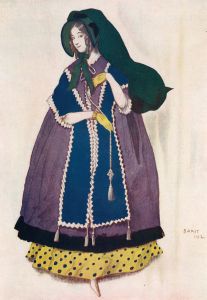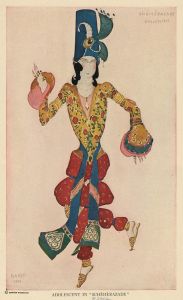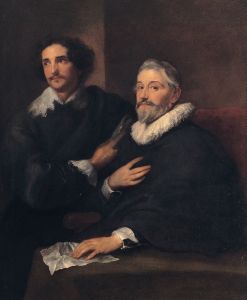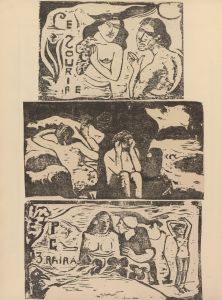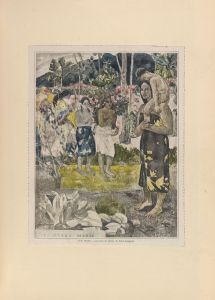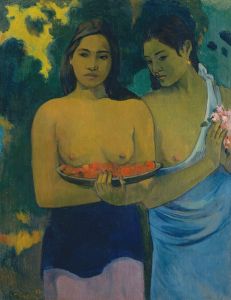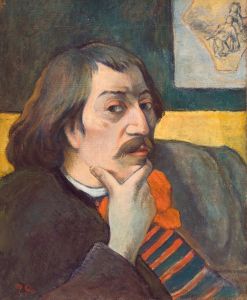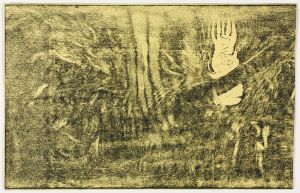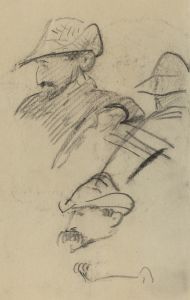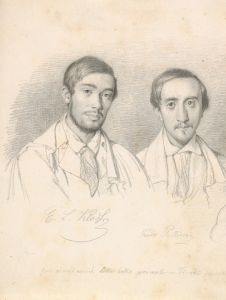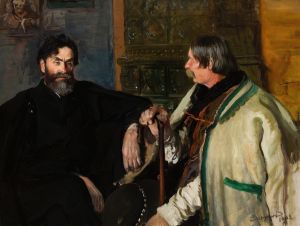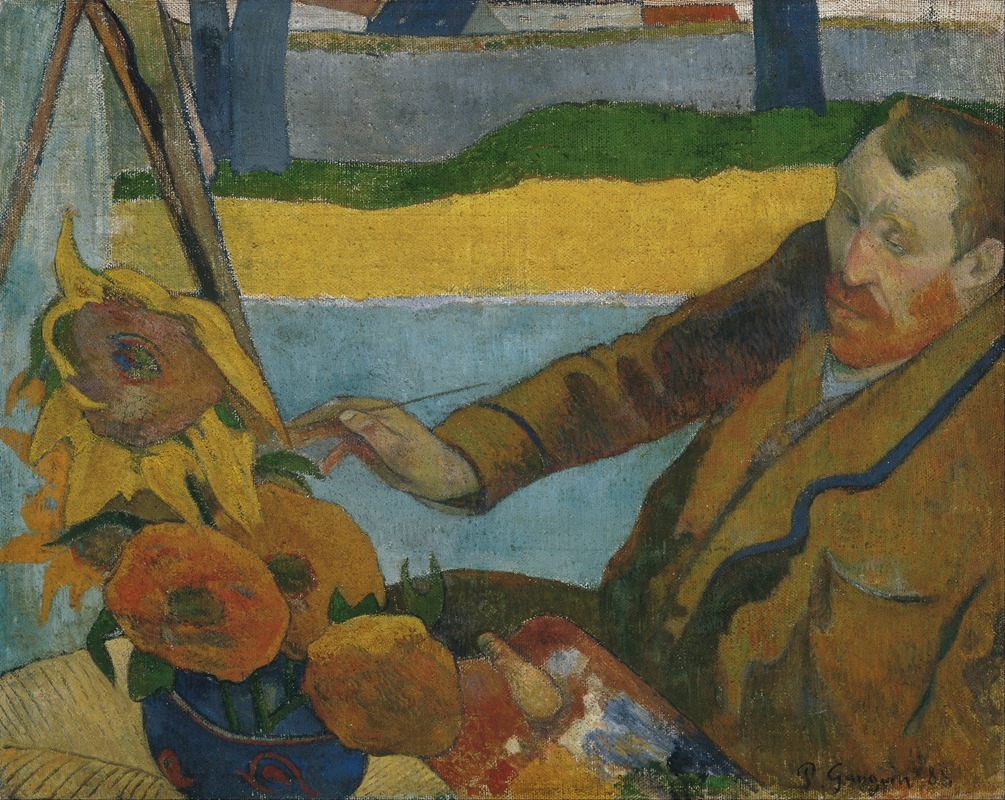
Vincent van Gogh painting sunflowers
A hand-painted replica of Paul Gauguin’s masterpiece Vincent van Gogh painting sunflowers, meticulously crafted by professional artists to capture the true essence of the original. Each piece is created with museum-quality canvas and rare mineral pigments, carefully painted by experienced artists with delicate brushstrokes and rich, layered colors to perfectly recreate the texture of the original artwork. Unlike machine-printed reproductions, this hand-painted version brings the painting to life, infused with the artist’s emotions and skill in every stroke. Whether for personal collection or home decoration, it instantly elevates the artistic atmosphere of any space.
"Vincent van Gogh Painting Sunflowers" is an 1888 painting by the French Post-Impressionist artist Paul Gauguin. This artwork is notable for its depiction of Vincent van Gogh, a close friend and fellow artist, engaged in the act of painting one of his famous sunflower series. The painting is a significant piece as it captures the dynamic relationship between two of the most influential figures in the Post-Impressionist movement.
Paul Gauguin and Vincent van Gogh first met in Paris in 1887, and their friendship deepened over time. In October 1888, van Gogh invited Gauguin to stay with him in Arles, in the south of France, with the hope of establishing an artists' colony. Gauguin accepted the invitation, and the two artists lived and worked together in the "Yellow House" for about nine weeks.
During this period, both artists produced several important works. Gauguin's "Vincent van Gogh Painting Sunflowers" is a testament to their time together. The painting shows van Gogh in profile, intensely focused on his canvas, with a vase of sunflowers prominently displayed. The sunflowers were a recurring motif in van Gogh's work, symbolizing his admiration for the natural world and his quest for vibrant color and light.
Gauguin's style in this painting reflects his interest in bold colors and strong outlines, which were influenced by his exposure to Japanese prints and his desire to move away from the naturalism of the Impressionists. The painting is characterized by its vivid color palette and the use of flat, unmodulated areas of color, which create a sense of depth and volume.
The relationship between Gauguin and van Gogh was complex and often strained. While they shared a mutual respect for each other's talents, their differing artistic philosophies and temperaments led to frequent conflicts. Gauguin's portrayal of van Gogh in this painting can be seen as both a tribute and a commentary on their tumultuous friendship.
The painting is also significant for its historical context. It was created during a period of intense creativity for van Gogh, who produced some of his most famous works during his time in Arles. However, this period was also marked by van Gogh's deteriorating mental health, which ultimately led to the dramatic incident in December 1888 when he famously cut off part of his own ear following a heated argument with Gauguin.
"Vincent van Gogh Painting Sunflowers" is housed in the Van Gogh Museum in Amsterdam, which holds the largest collection of van Gogh's works. The painting is an important piece in the museum's collection, offering insight into the personal and professional dynamics between two of the most iconic artists of the 19th century.
In summary, Paul Gauguin's "Vincent van Gogh Painting Sunflowers" is a significant work that captures a pivotal moment in the history of art. It reflects the intense and often fraught relationship between Gauguin and van Gogh, while also highlighting the unique artistic contributions of both men to the Post-Impressionist movement.





